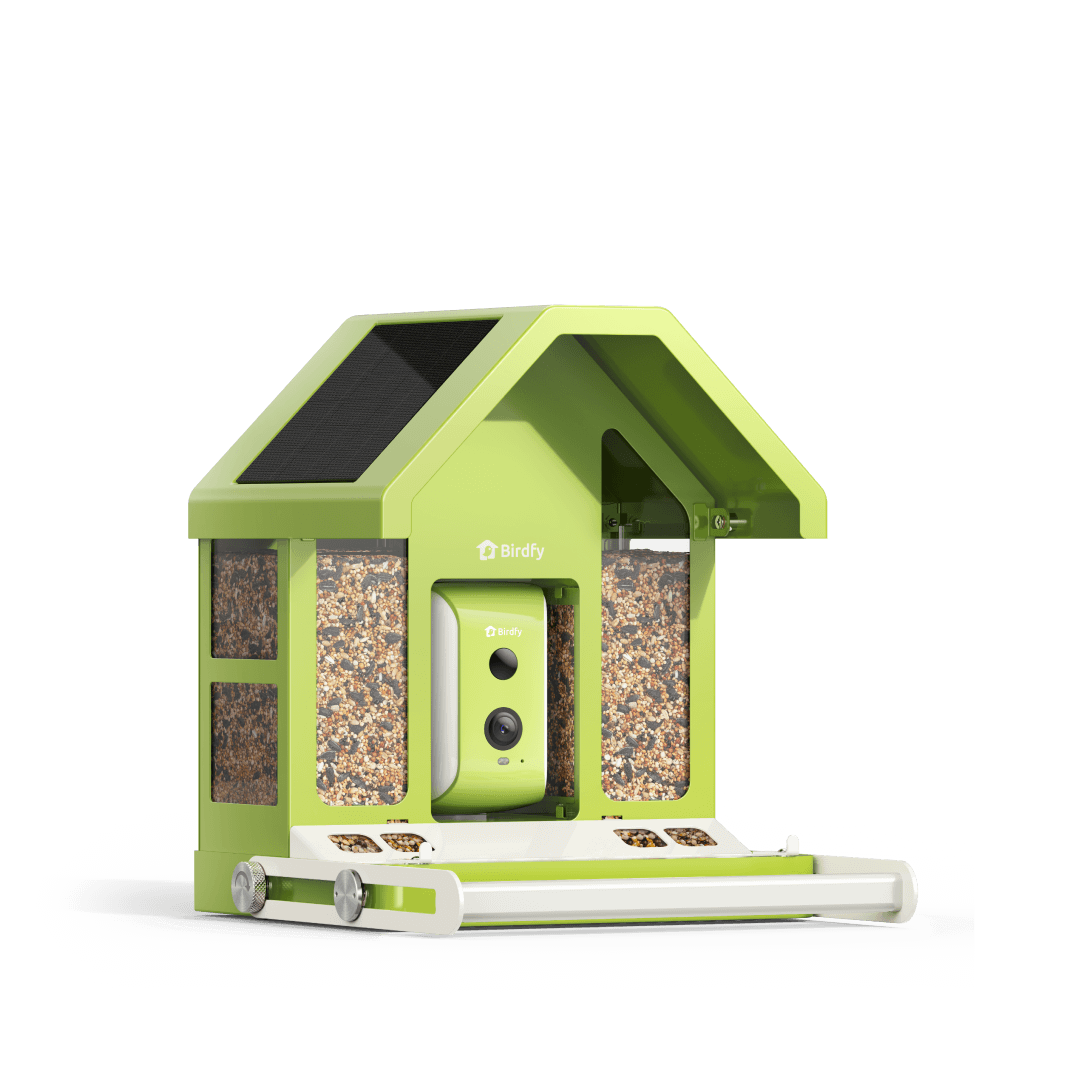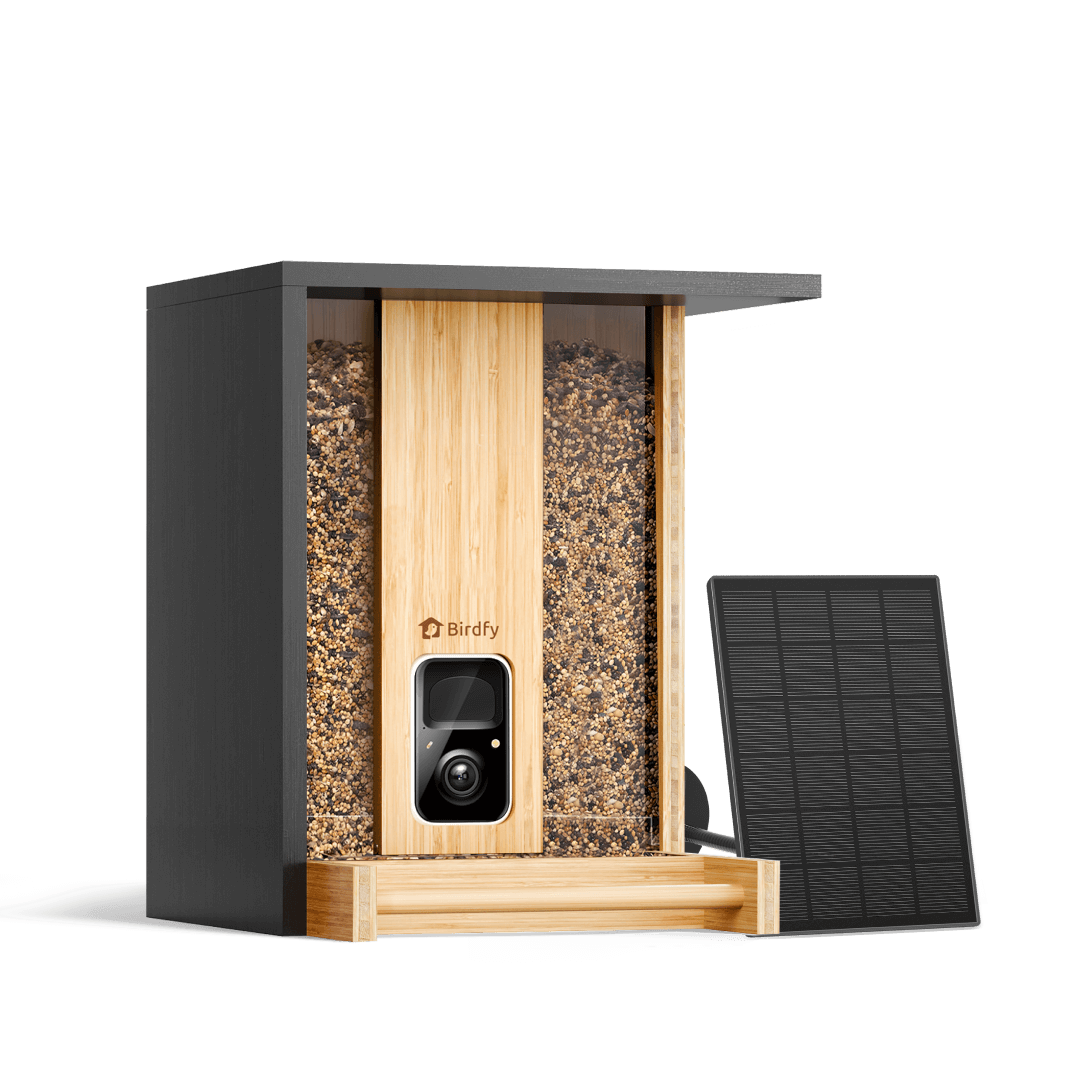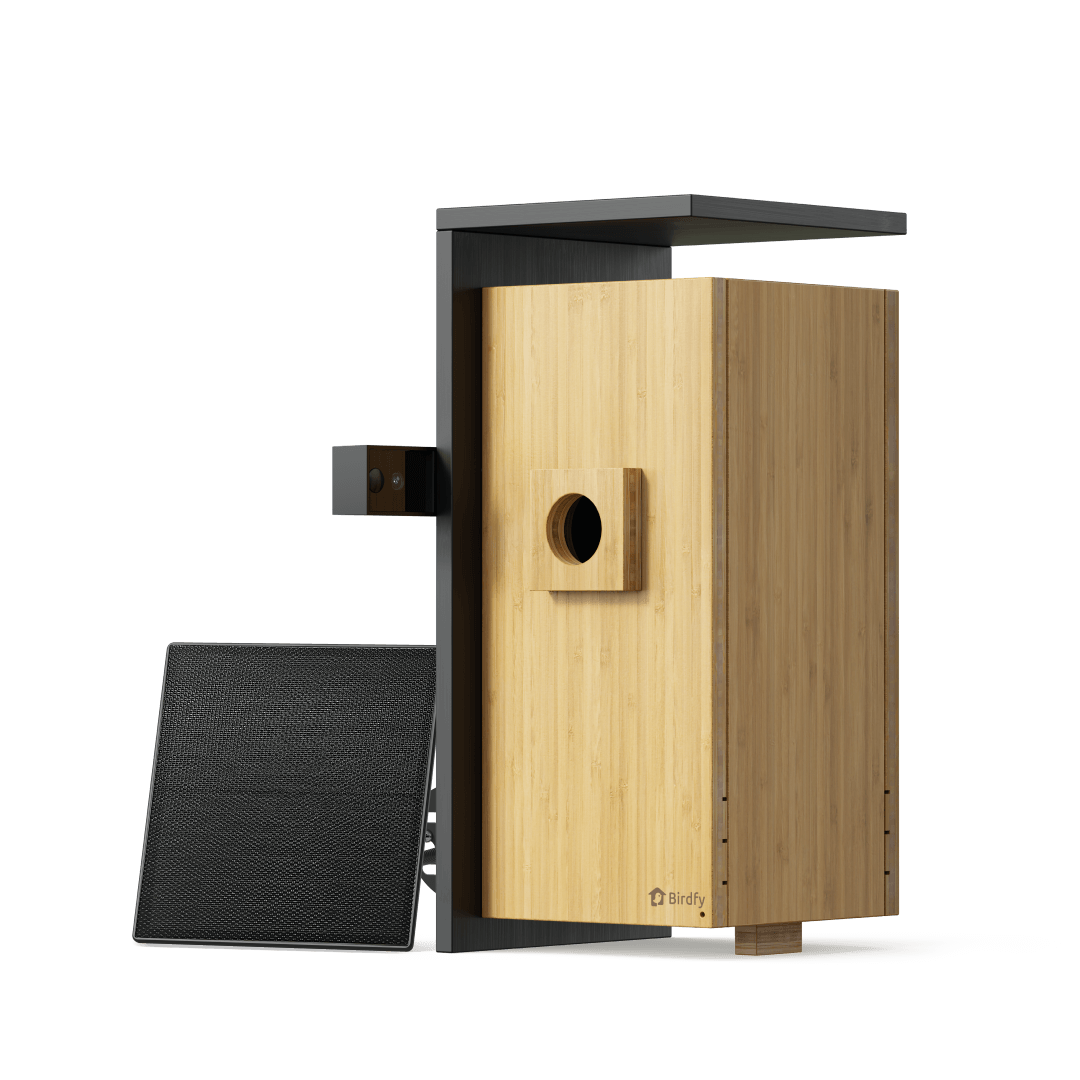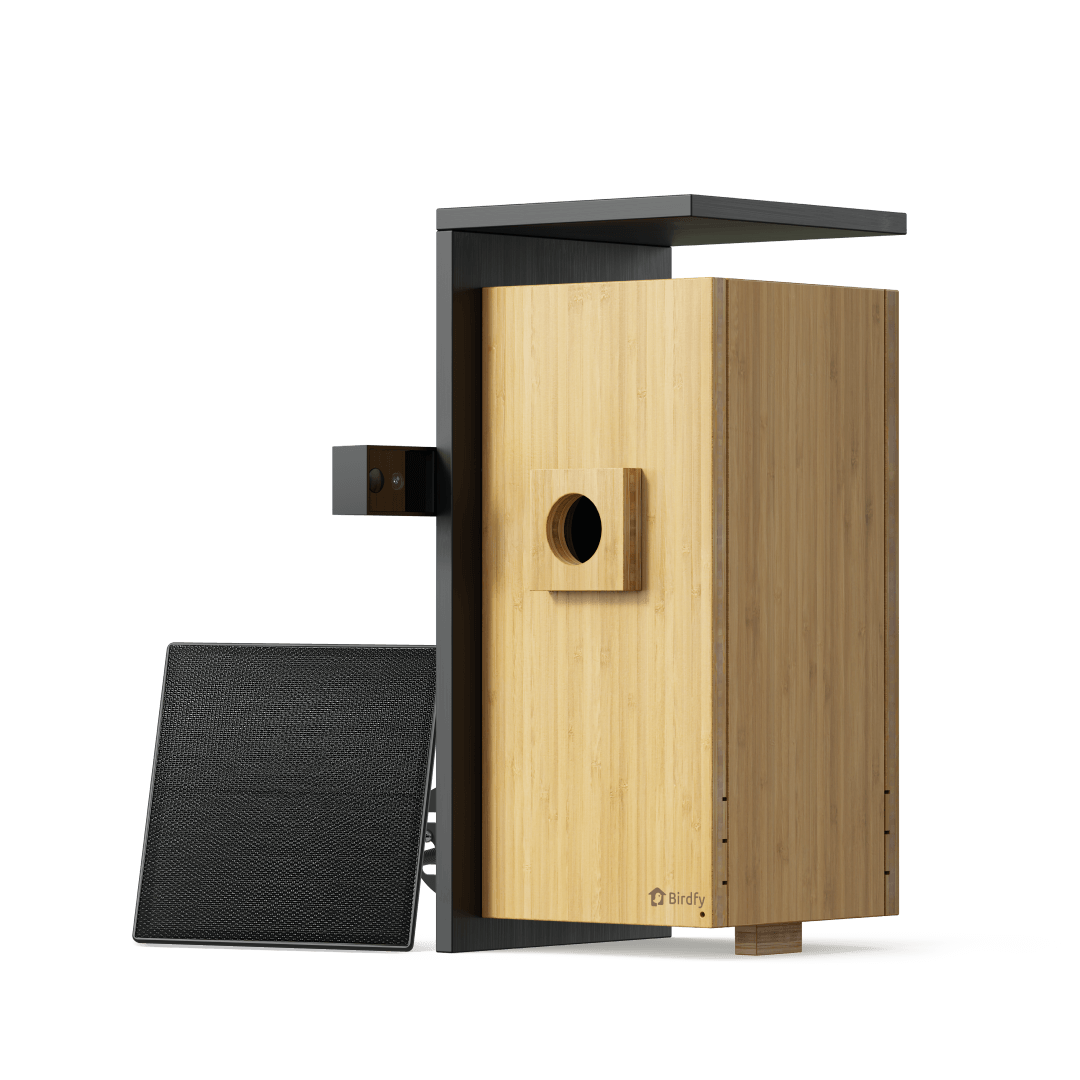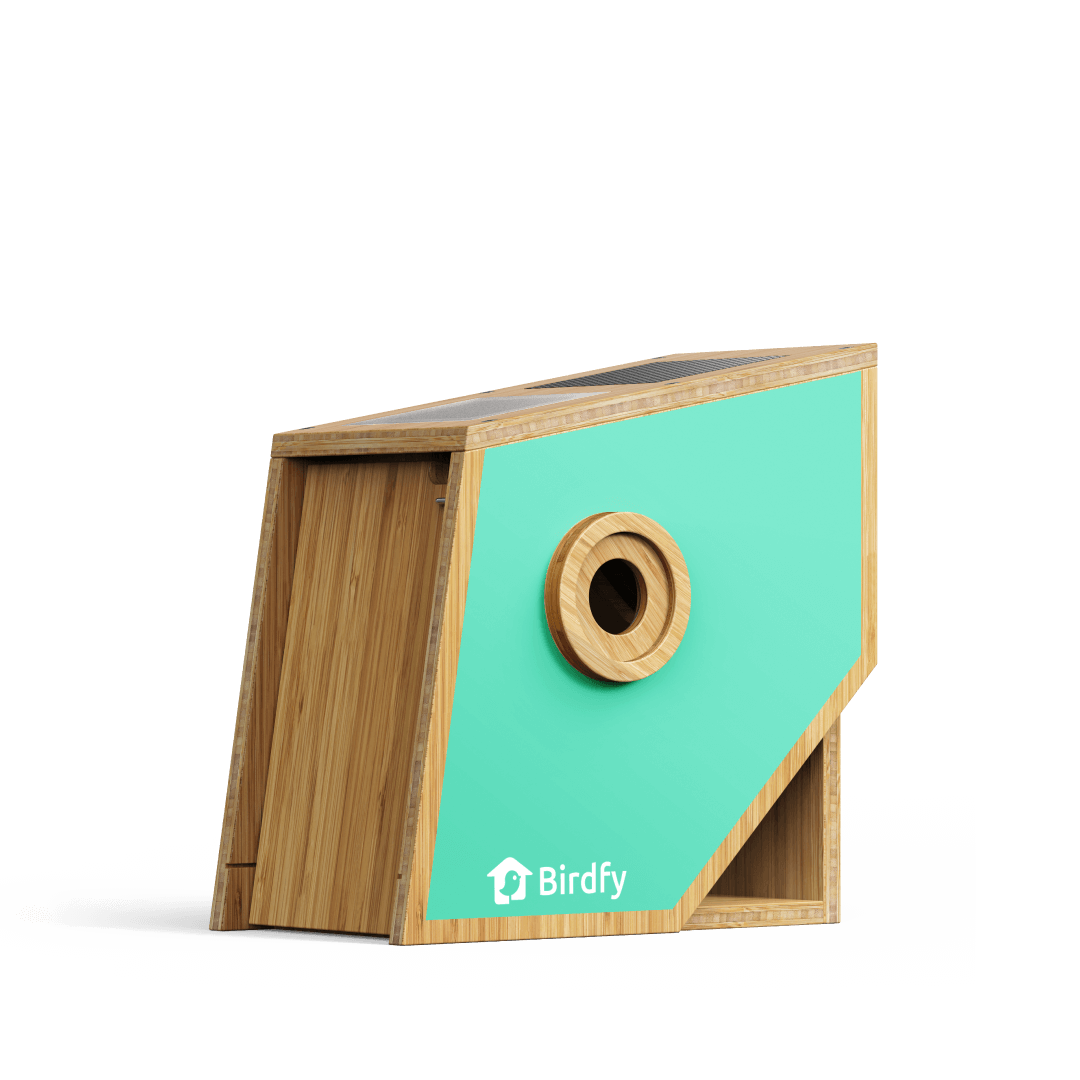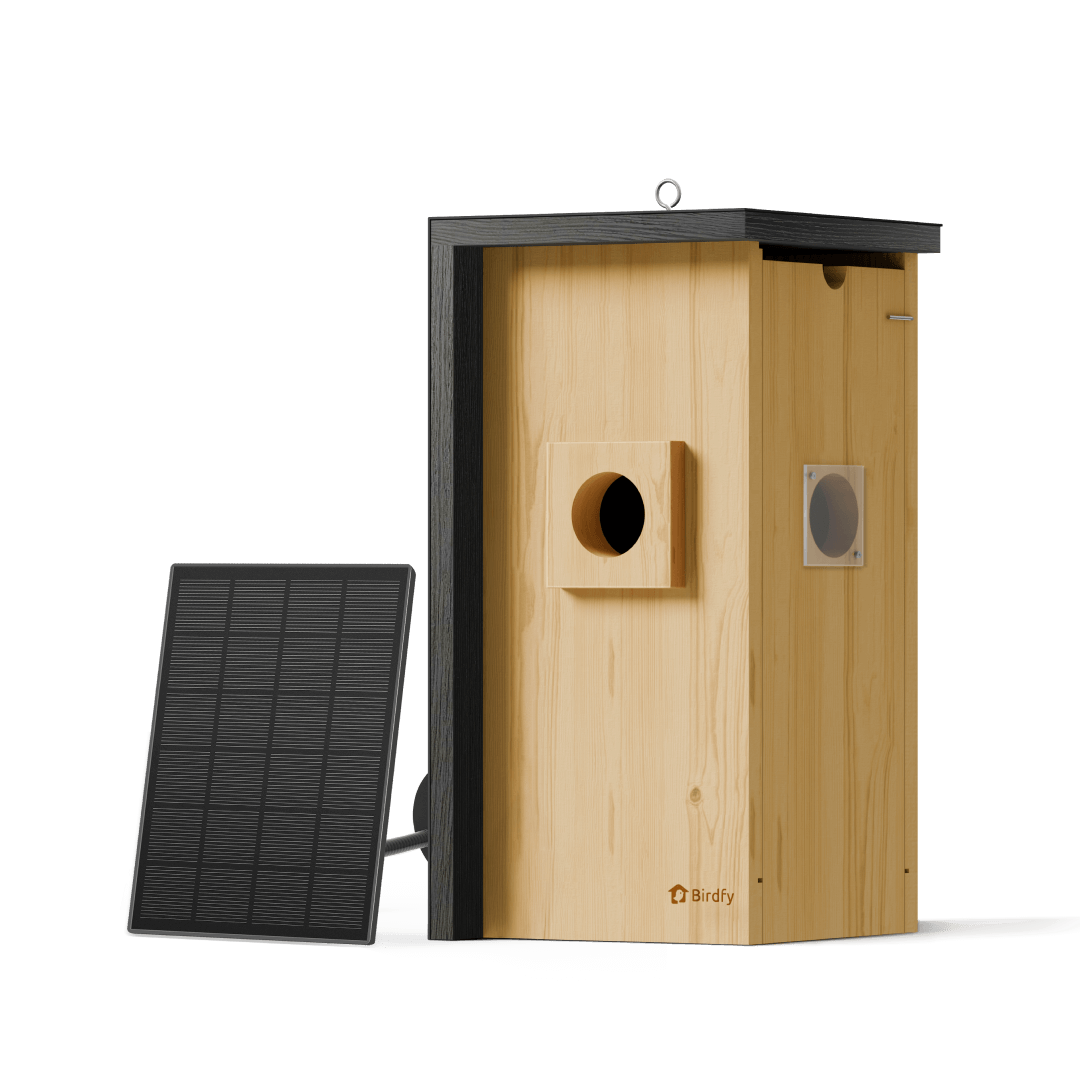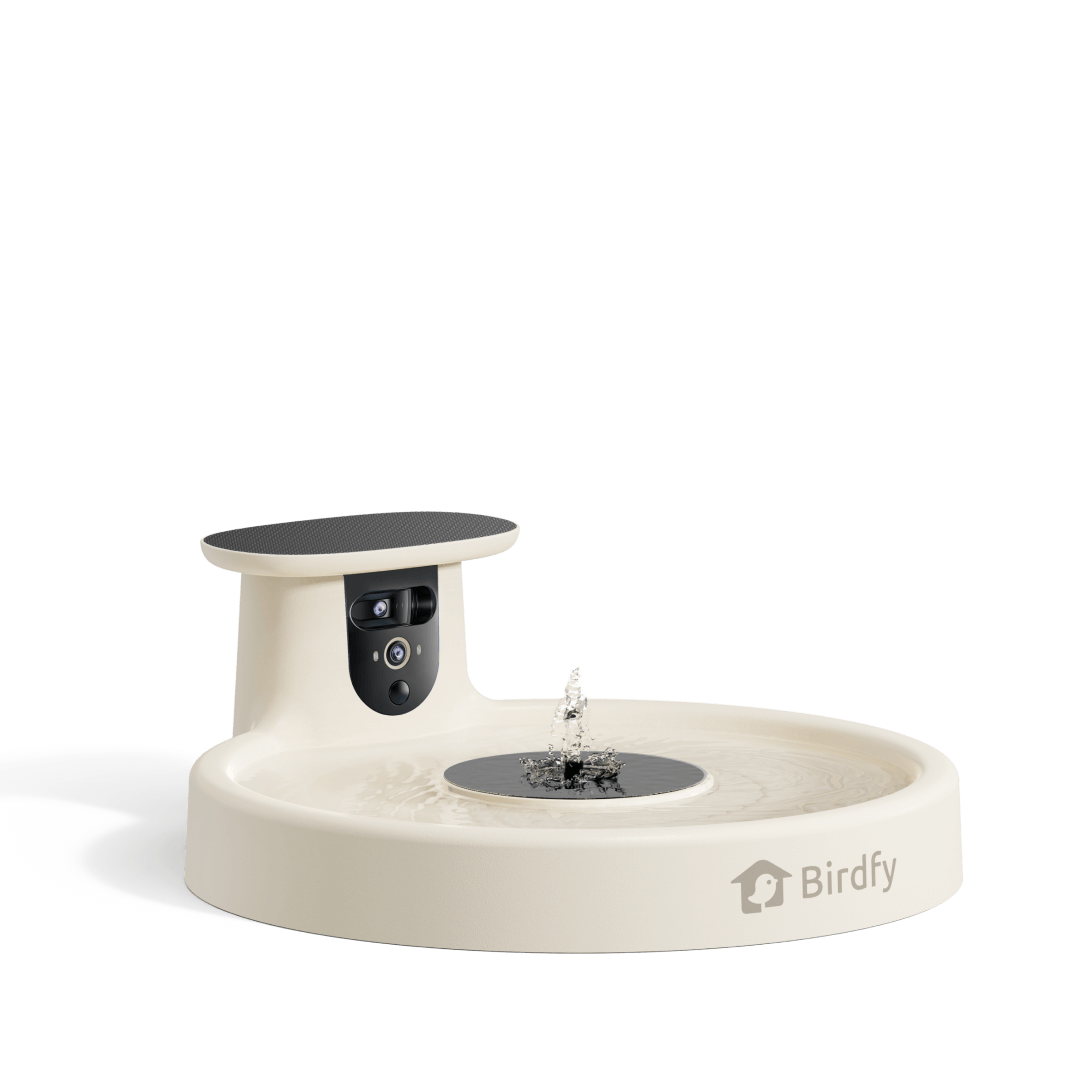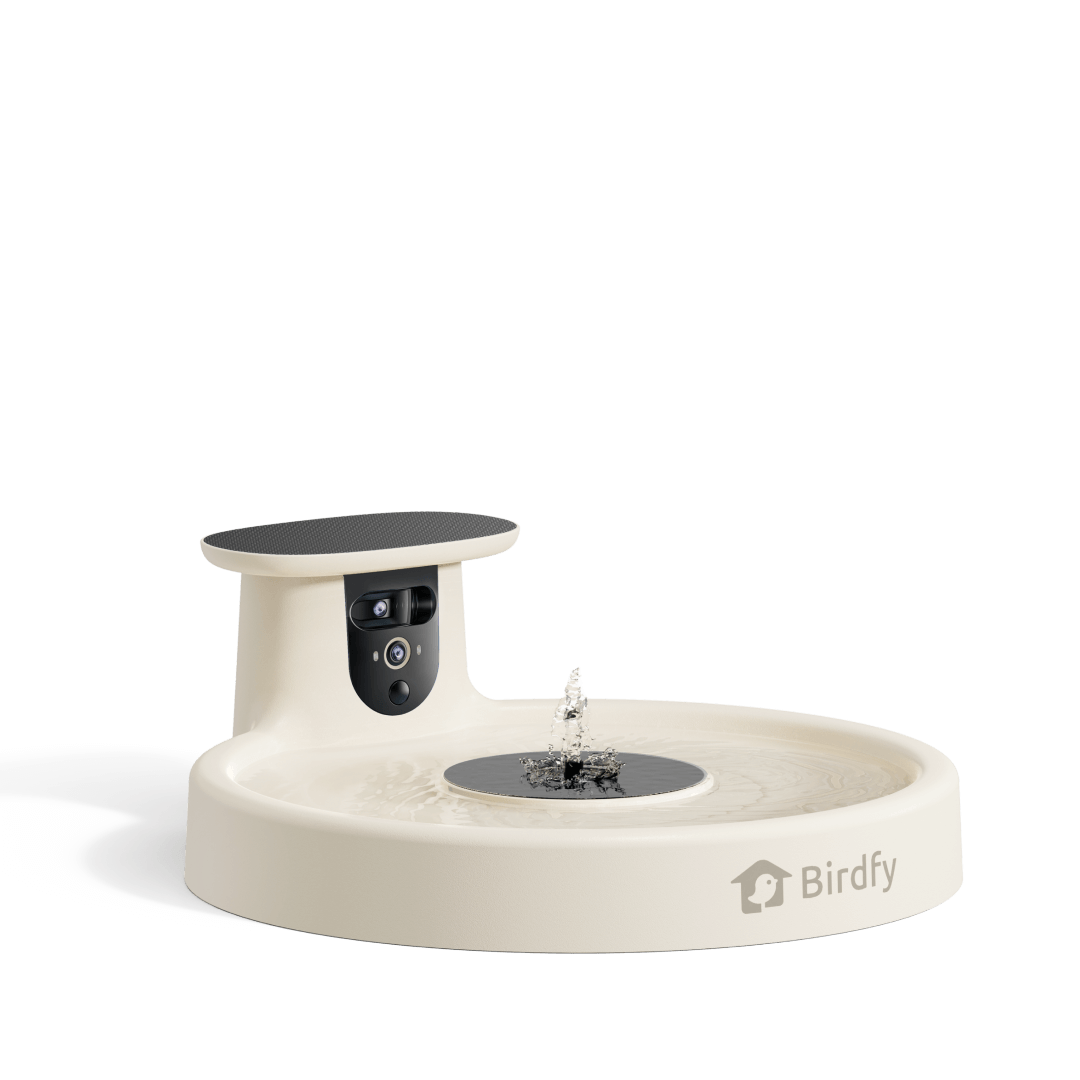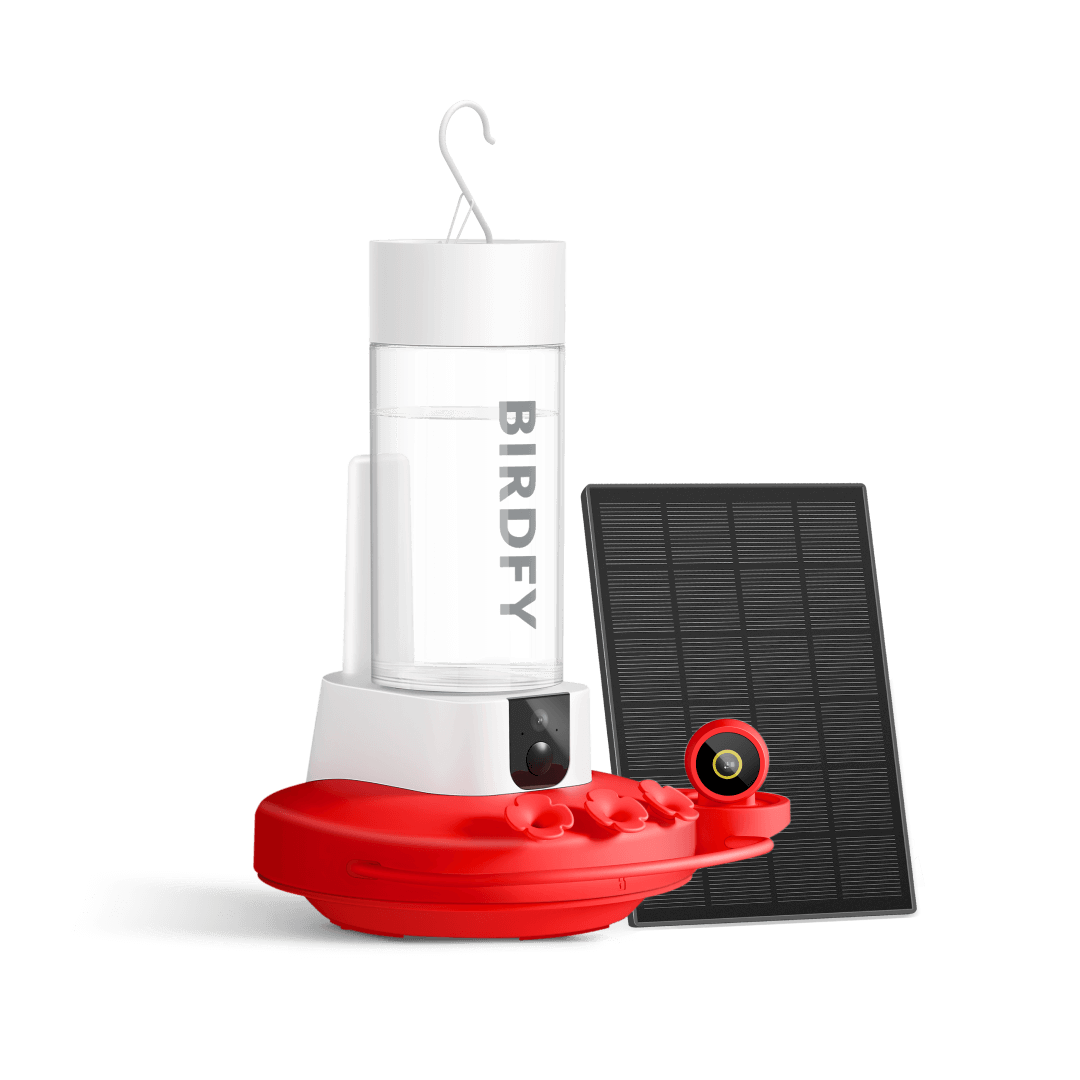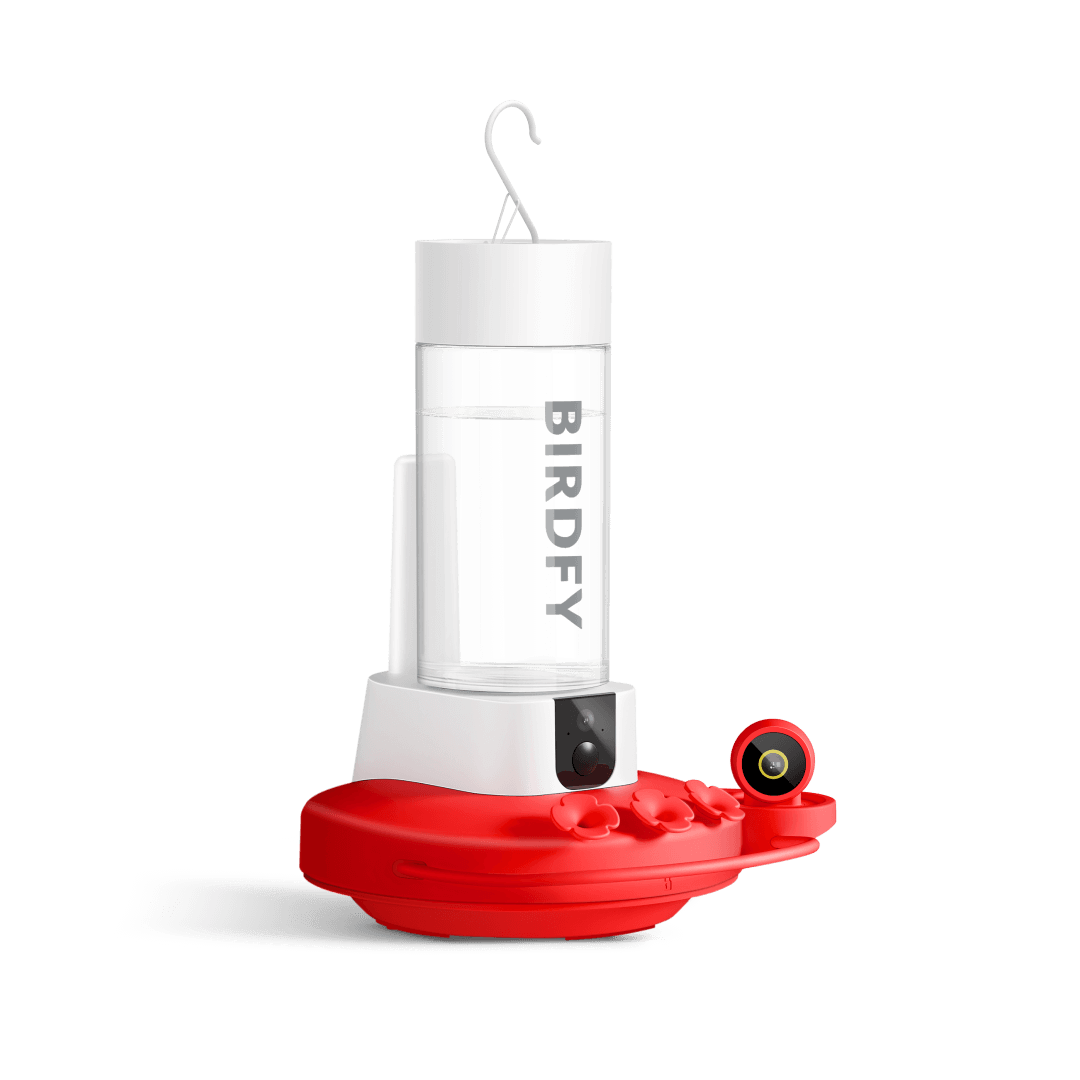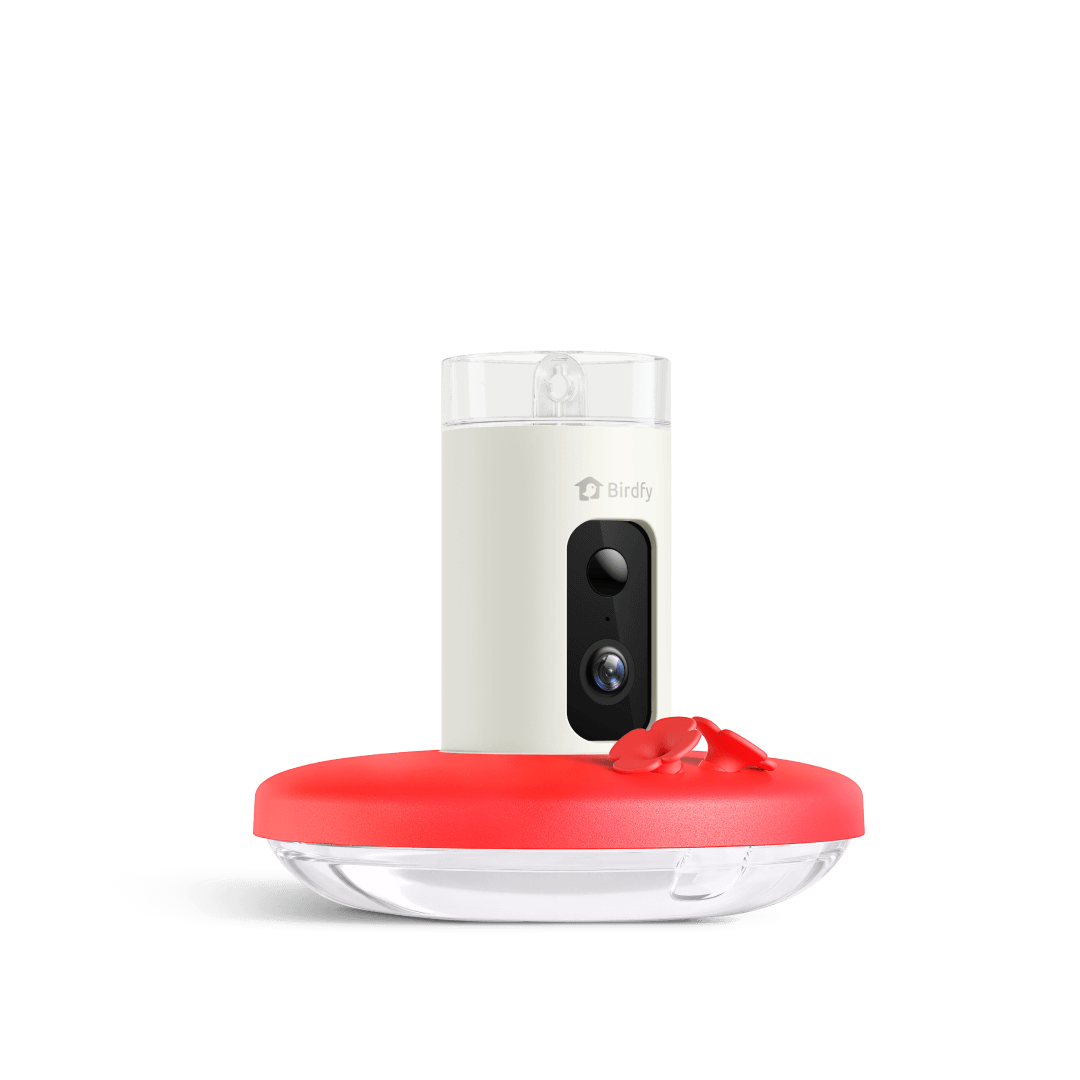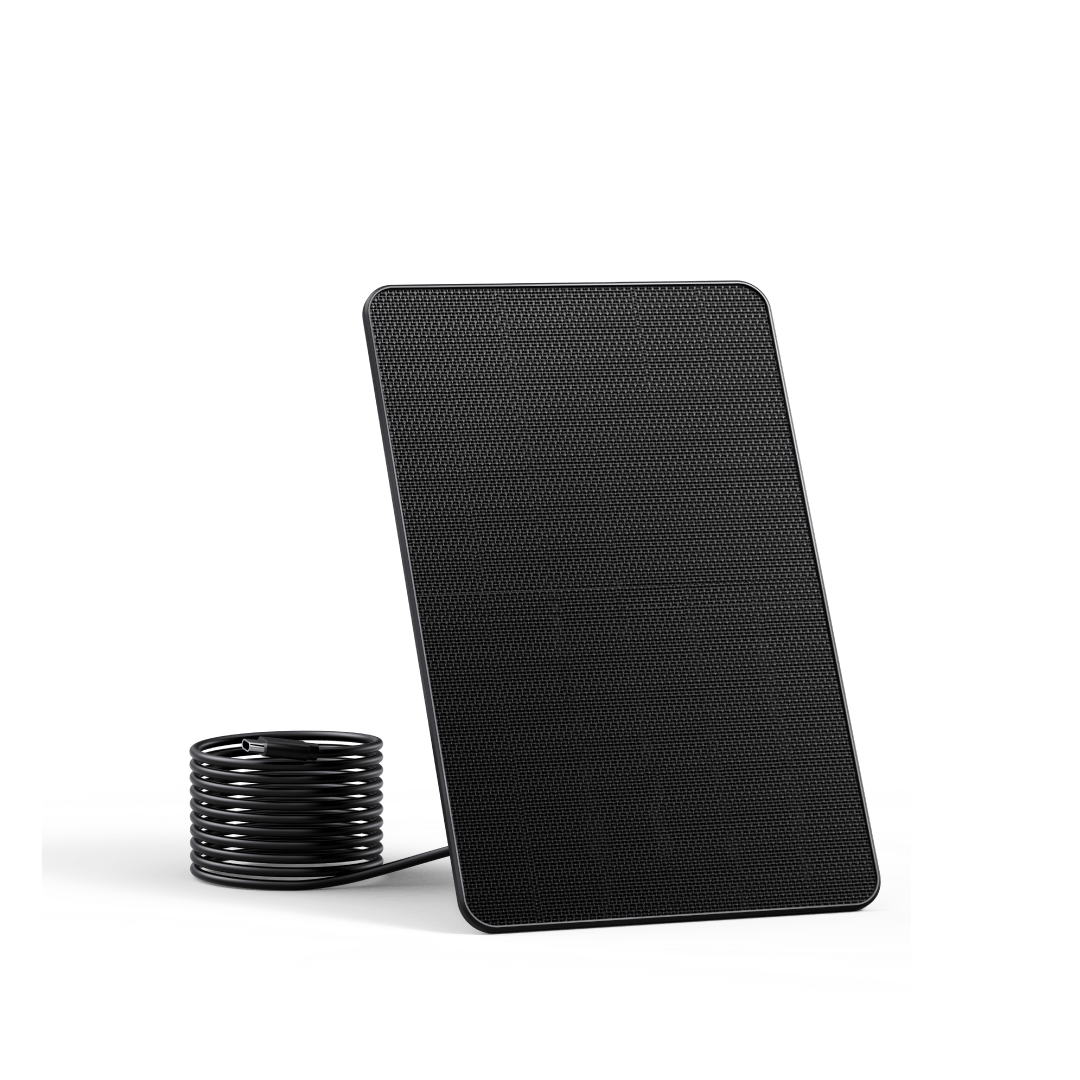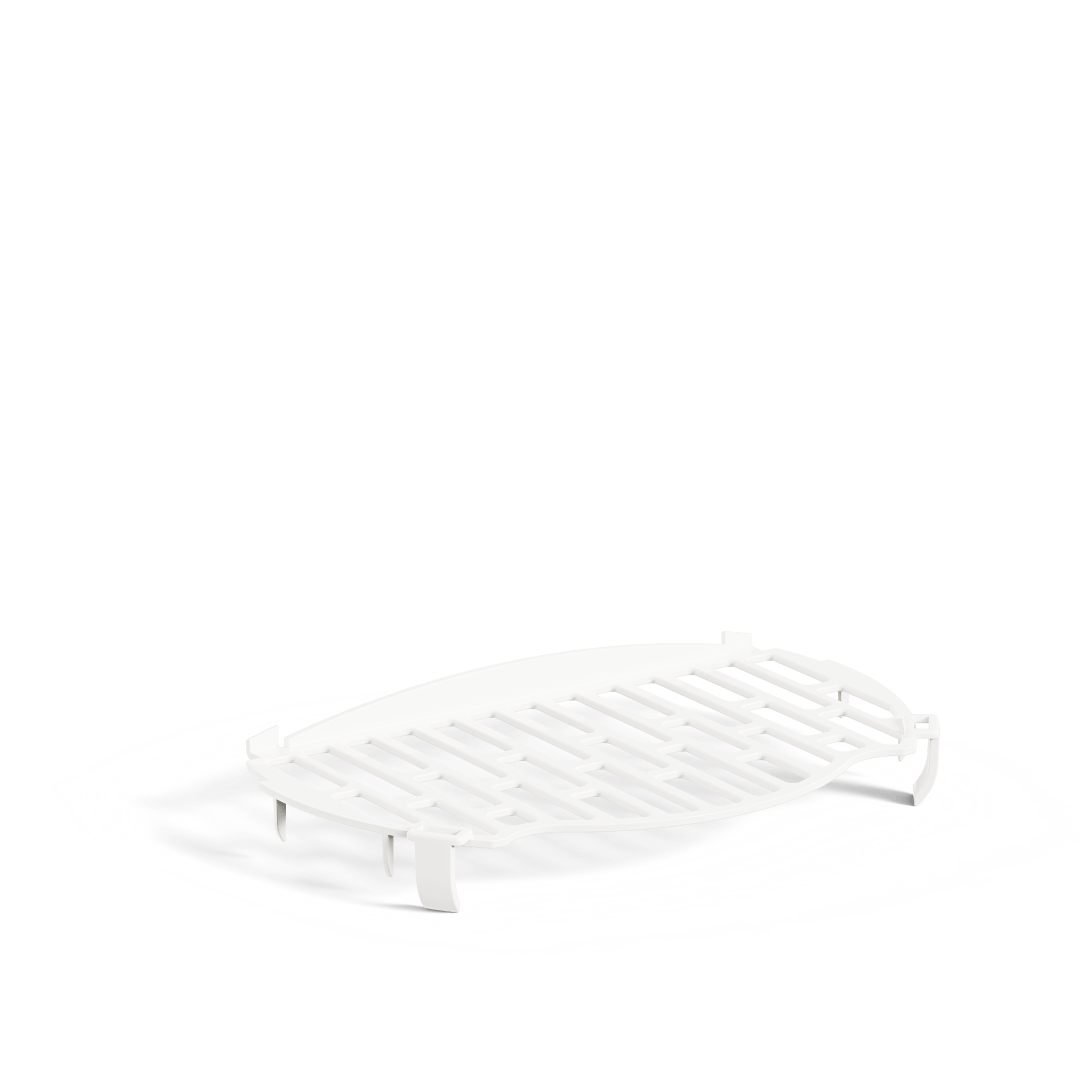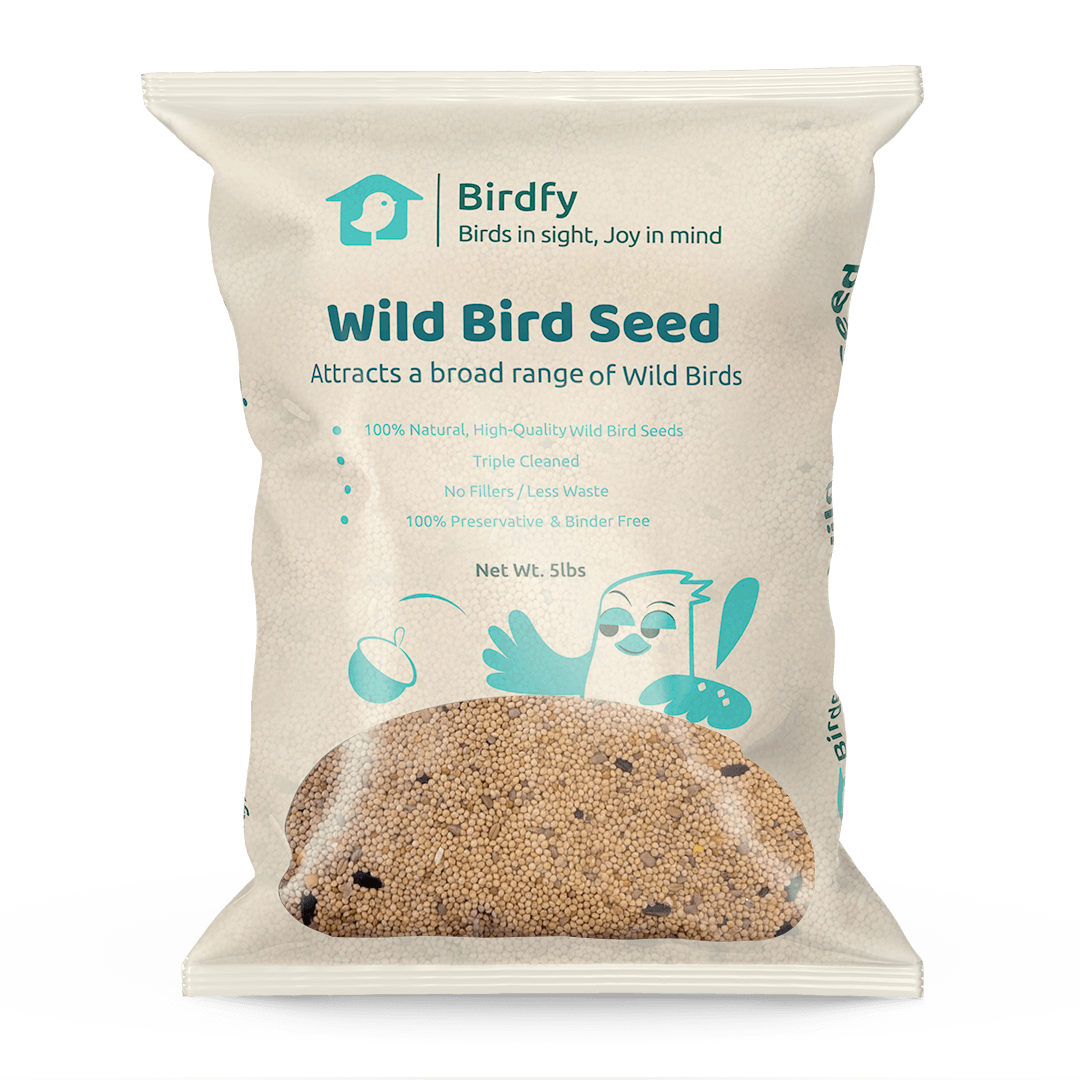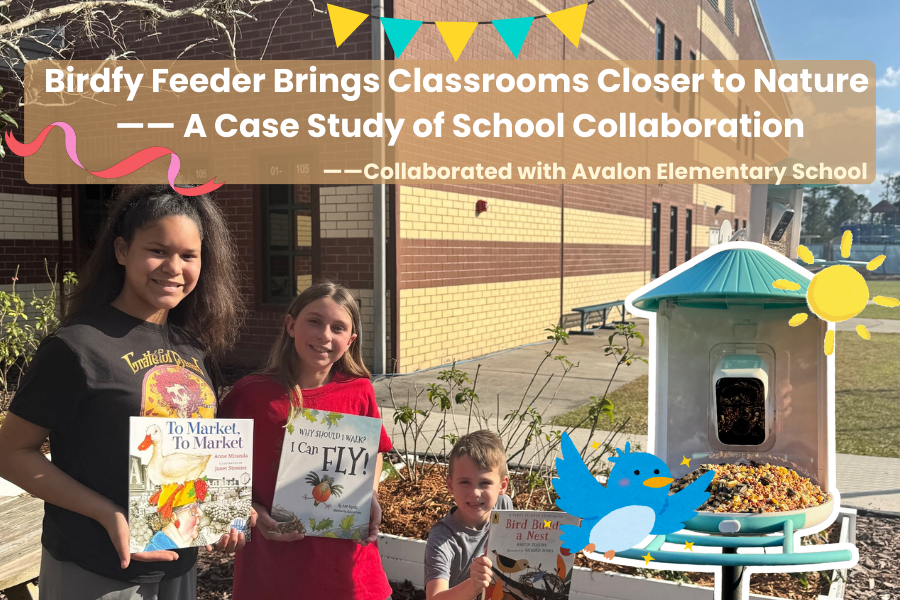When to Take Down Hummingbird Feeders: A Seasonal Guide
The dazzling, high-speed antics of hummingbirds are a joy to witness in any garden. For enthusiasts, a common question arises: when to put out hummingbird feeders in the spring, and, just as importantly, when to take down hummingbird feeders in the fall? The answer is a blend of understanding hummingbird migration patterns and recognizing your role in supporting their incredible journey.
When Should You Take Hummingbird Feeders Down
The fall question is surrounded by a common myth: that leaving feeders out too long will stop hummingbirds from migrating. This is false. Hummingbirds migrate due to internal biological clocks triggered by photoperiod (day length), not the availability of food. Your feeder does not make them lazy; it provides crucial fuel for their arduous southbound journey.
When to take down hummingbird feeders in Ohio, Michigan, and the Great Lakes Region
Most hummingbirds (primarily Ruby-throated) in this region begin their southward migration in mid-August, with the peak occurring throughout September. The stragglers, often young birds or adults finishing their molt, can be seen into early October.
Recommended Take-Down Date: Wait at least two weeks after you see your last hummingbird. A safe bet is to leave feeders up until mid-October. This provides a safety net for any late migrants coming down from further north.
When to take down hummingbird feeders in Missouri
Missouri sees a mix of migrating Ruby-throated Hummingbirds in the fall. Migration typically starts in early September and is mostly complete by mid-October.
Recommended Take-Down Date: Plan to keep your feeders clean and filled until late October. This supports birds moving through the state from northern areas and ensures any late local nestlings have a reliable food source to power their first migration.
When to take down hummingbird feeders in North Carolina
In North Carolina, fall migration for Ruby-throated Hummingbirds peaks from late August through September. However, the state is also known for occasional winter sightings of western species like the Rufous Hummingbird along the coast.
Recommended Take-Down Date: For the Piedmont and Mountain regions, leaving feeders up until late October is advisable. For the Coastal Plain, particularly the Outer Banks, some avid birders leave a feeder up all winter with a weaker sugar solution (1 part sugar to 5 parts water) and diligent cleaning to accommodate rare winter visitors.
A Universal Rule for Taking Down Feeders
The best practice everywhere is to leave your feeders up for a minimum of two weeks after you see the last bird. This "grace period" ensures you are not removing a vital resource from a bird that is just passing through or is a late nester. There is absolutely no harm in leaving a feeder up later; you are only helping. Once you are confident the migration has passed, you can safely take the feeder down, clean it thoroughly, and store it for the winter.
When to Put out Hummingbird Feeder
The arrival of hummingbirds is a much-anticipated sign of spring. Timing your feeder placement correctly ensures you are ready to provide these tiny travelers with a critical source of energy after their long migration.
When do hummingbirds come out?
"Coming out" for hummingbirds refers to their spring migration north from their wintering grounds in Central America and Mexico. This migration is not triggered by temperature but by the lengthening daylight hours. They follow a wave of blooming flowers northward. The first to appear are typically the males, followed by the females about a week or two later.
When is the best time to put hummingbird feeders out?
The ideal strategy is to put your feeders out about 1-2 weeks before the average expected arrival date of hummingbirds in your specific area. This ensures a welcome source of food is available for the early, weary scouts. If you put feeders out too late, you might miss the first wave. There is no significant downside to putting them out early; just be prepared to perform regular maintenance.
To find the precise timing for your location, consult an online hummingbird migration map, such as the interactive maps offered by sites like Journey North or Hummingbird Central. These maps are updated weekly with user-submitted sightings, allowing you to see the birds' northward progress in real time.
As a general rule of thumb for putting hummingbird feeders out:
- Gulf Coast & Southern States: Late February to early March.
- Mid-Atlantic & Mid-Southern States: Mid-March to early April.
- Northern U.S., Pacific Northwest, & Canada: Mid-April to early May.
How long does it take hummingbirds to find a feeder?
Once they arrive in your area, hummingbirds can find a new feeder surprisingly quickly, often within a few hours to a couple of days. They are exceptionally curious and constantly patrol their territory for food sources. To attract them faster:
- Use a feeder with red parts: Red is a powerful attractant.
- Place it visibly: Hang it near flowers or in an open area.
- Create a scent trail: Boiling the sugar water (1 part white sugar to 4 parts water) can release a faint, sweet scent that may help.
- Hang multiple feeders: This increases visibility and reduces territorial disputes.
Best Hummingbird Feeder Recommendation
Knowing when to put out or take down hummingbird feeders is essential for supporting hummingbirds during their migration. Timing matters—but so does the feeder you choose. A reliable, well-designed feeder not only keeps nectar fresh and accessible, but also allows you to truly enjoy the presence of these incredible birds.
The Birdfy Hum Feeder Duo is an excellent choice for anyone who wants to both help migrating hummingbirds and capture the beauty of their visits:
- 3MP image quality: Reveals the delicate details of hummingbirds in stunning clarity.
- AI bird identification: Automatically recognizes and organizes the different hummingbird species visiting your feeder.
- Instant alerts: Get notified on your phone the moment a hummingbird arrives.
- Built-in ant protection: Ant moat and silicone seal provide double protection against ants.
- Large 20 oz nectar reservoir: The perfect balance of capacity and convenience, reducing the need for frequent refills.
- Rechargeable 5000mAh battery: Ensures consistent operation without constant charging.
- IP66 weatherproof: Built to withstand rain, snow, and most outdoor conditions.
- Temperature & humidity sensors: Help you determine the ideal time to replace nectar and keep it fresh.
By pairing smart placement and seasonal timing with the Birdfy Hummingbird Feeder, you’ll not only support the migration journey of hummingbirds but also experience them up close like never before.
Conclusion
By aligning your feeder schedule with the natural rhythms of hummingbird migration, you transform your garden from a simple stop into an essential rest and refueling station, playing a small but vital role in one of nature's most remarkable journeys.
Share



